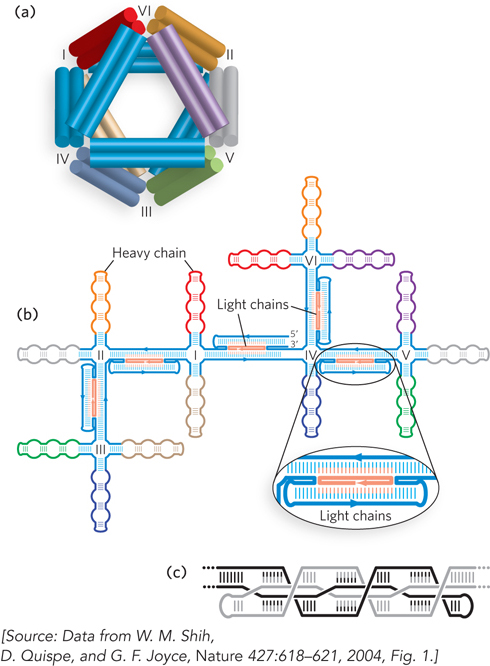
FIGURE 1 (a) A three- s— e- I– r- e- d- 9- 0- e- e- s-